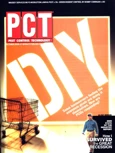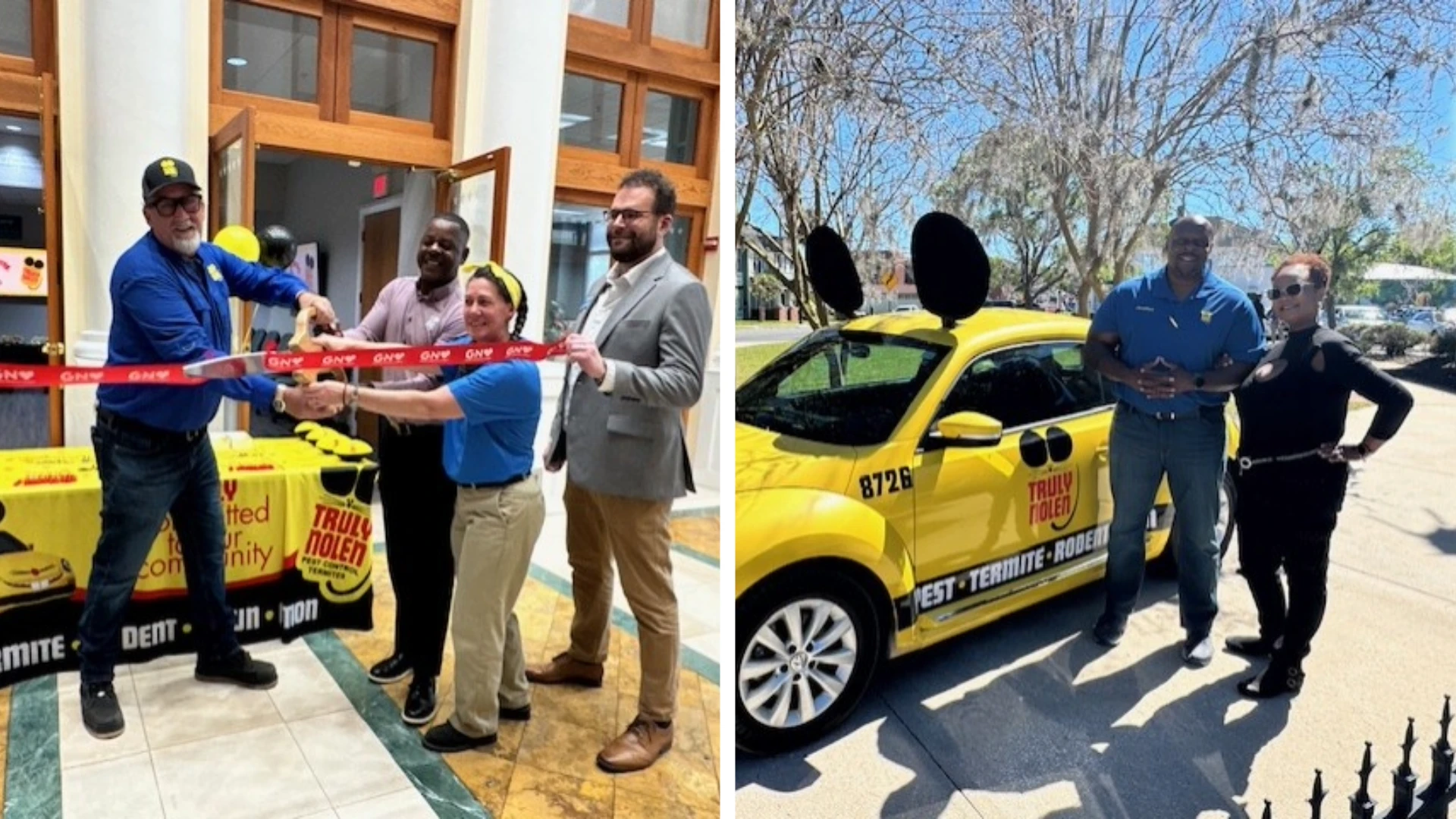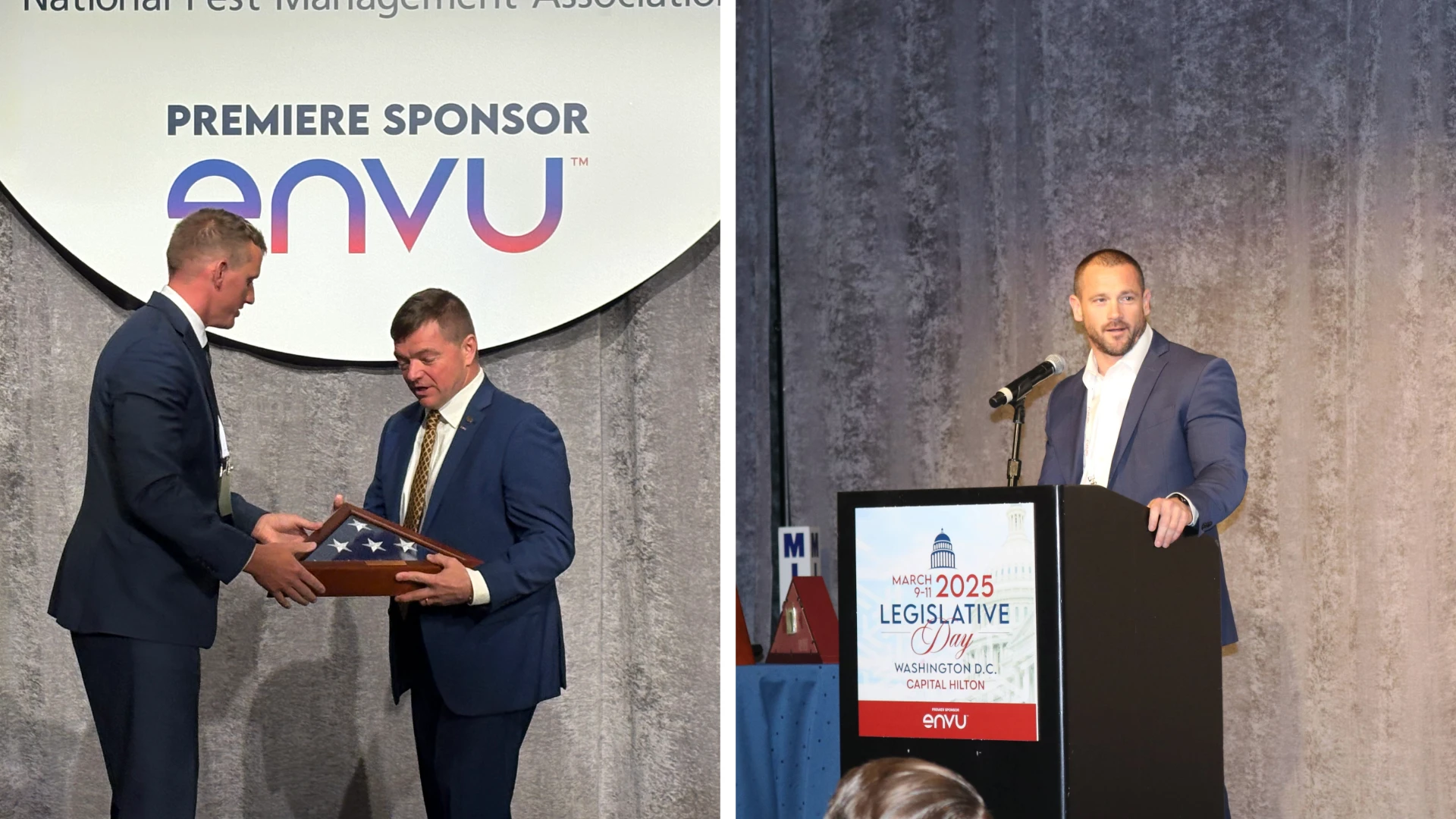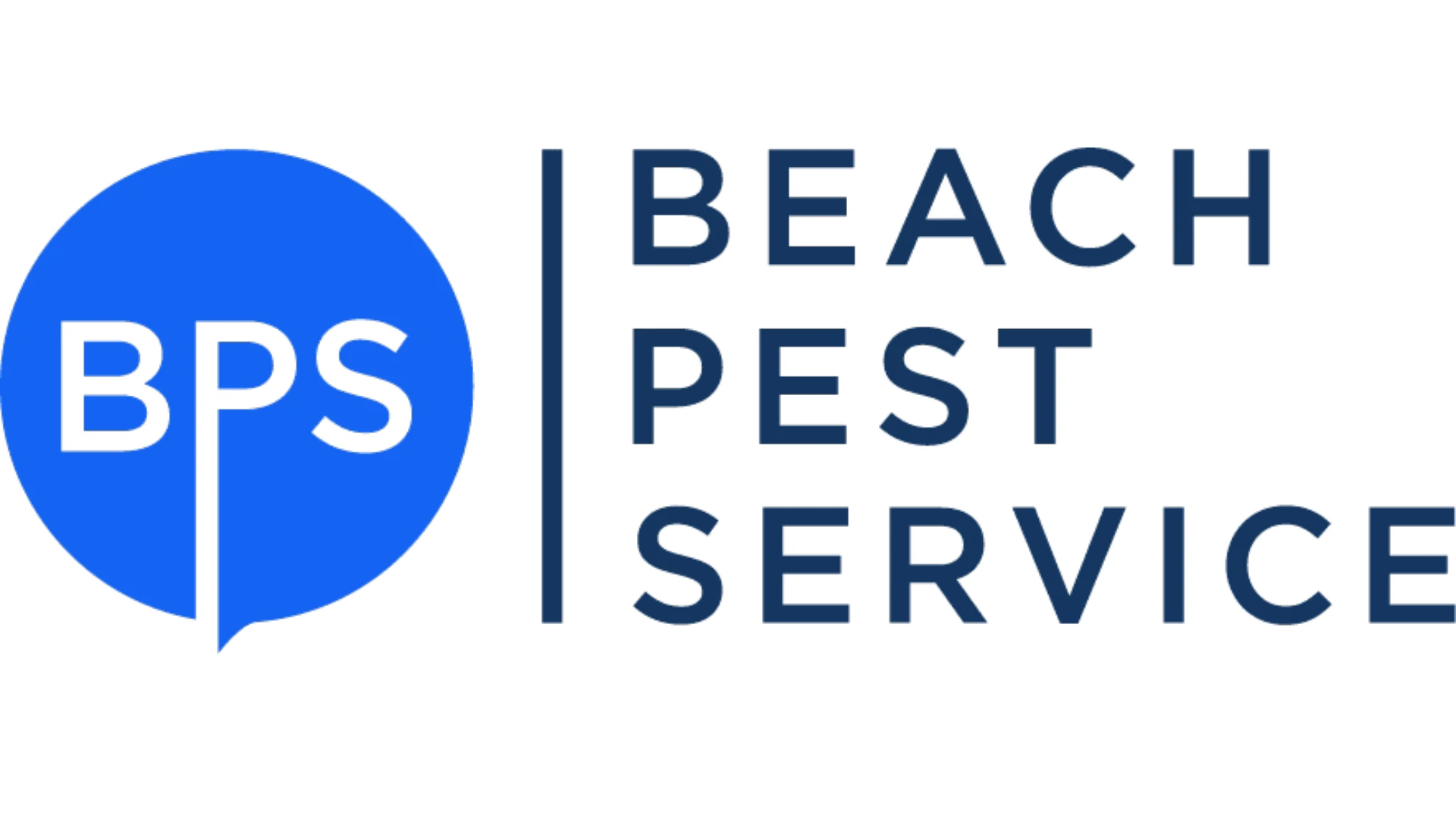Editor’s Note: Earlier this year, Ken Schmidt, former director of communications for Harley-Davidson, spoke at a BASF event in
St. Louis, Mo. His speech, titled “Make Some Noise,” detailed how to
build a fanatically vocal customer base for your product or service, while
developing leaders who inspire and motivate your staff. While at Harley-Davidson, Schmidt’s expertise in corporate positioning and media relations played a pivotal role in one of the most celebrated turnarounds in corporate history. Now an independent consultant, Schmidt shared his insights with pest management professionals from around the United States. An overview of his presentation is reproduced here courtesy of Paul Pease of The Pease Group, © 2009. Motorcycle photos: Harley-Davidson
Once upon a time, Harley-Davidson had 90 percent market share in heavy-weight bikes. This made Harley lazy and complacent. Then came the competition: better bikes, lower prices. Harley gave them the market.
In 1985, we were in trouble — both from a market share and financial aspect. We then made another mistake: we got into price wars with the competition and went bankrupt. What we needed to do was give people a reason to buy.
We thought this meant not just price, but quality and something that looked like what the Japanese were bringing into the U.S. In 1986 we copied the Japanese and made great, precision, high-quality, well manufactured and low-price bikes. We then went to market the same old way — we went after a cover of at least one or two of the three major motorcycle magazines.
We exceeded our goals: we got ourselves on the covers of all three major motorcycle magazines. To get a bike on the cover of all three major motorcycle magazines had never been done before and has never been done since. We were so elated with this accomplishment that we then spent money we didn’t have on the back page of each magazine for advertising — and still nobody bought!
Harley-Davidson blamed the dealers: “We gave you the best product at a great price!” But the dealers said, “Our customers don’t believe you!” Harley-Davidson realized they needed to do something different.
What was different? Well, in the car industry, everyone took a test-drive before they bought a car. But in the motorcycle industry, nobody took a test drive — there was too much liability concern. But Harley decided to do something different. Harley took all of their money out of advertising and put it into two big trucks they hauled around the country to let people test-drive motorcycles.
Harley took this opportunity to ask their customers and prospects, “What do we need to change on this motorcycle to get you to buy it?” The feedback was humbling.
Harley had no formal way of taking and consolidating all the information they received, but after a while, some patterns emerged. One big one was this: Customers wanted a bike that fit them — the saddle, handlebars, the length and the shape of the bike.
Harley realized that one of their strengths was they knew how to bend and shape metal. So they started making bikes for the different types of riders. Sales went up. That’s when Harley-Davidson made mistake #2: They thought, “They (the customers) are getting it!” (because they were buying). Not true! We had to tell them over and over and over again — we had to keep engaged with them. Human beings support what they helped create.
The next step for Harley was to get both the customers and the Harley-Davidson employees on board with the experience. Engaging customers meant more than just asking for their input: it meant to be a part of the Harley-Davidson community — which included the employees, the dealers and the customers. We created the HOGs — Harley Owners Groups. Instead of the typical store experience, people were getting a different kind of store experience with Harley.
Think of it this way: Someone walks into a store and the store employee says what all store employees say: “Can I help you?” What happens? The customer looks down, looks away, and says, “No, I’m just looking.” But, suppose that customer walks into the store and someone says, “Cool shoes dude! Where did you get them?!” Guess what? Totally different experience. The customer opens up and starts talking — and is way more likely to buy. Why? Because the salesperson showed an interest not in trying to sell something, but in paying attention to the customer individually.
Most motorcycle customers visit their dealer once or twice a year for maintenance. HOGs visit their dealers at least once a month — sometimes once a week. And it’s not for maintenance — it’s a community gathering, a meeting, a social event. They aren’t customers anymore — they’re friends. They do charitable events, barbeques and interestingly — they buy a lot of Harley-Davidson brand name stuff at the store. They spend more money.
For the employees, to get them onboard with the Harley experience, Harley-Davidson’s executive team realized that their people had to be committed to the Harley experience. That was done through engaging employees rather than directing them. The leaders realized employees would respond the same way their customers did: show interest in them. Rather than directing employees’ every activity, Harley’s leaders asked, “Where do you want to go (with your career)?” Just like asking the customers what will make them buy, we asked the employees what they thought we should do to build better bikes and a better workplace for them. Human beings support what they helped create.
What’s our mission statement? It used to be some long, boring piece of business-school garbage: “We are driven to be the best and have a great workplace, blah, blah, blah.” You know what it is today? Three words: “We fulfill dreams.”
What is the result of all this? In a world where every product and brand leader is the same, we got people to like us. We don’t think like a commodity. We don’t get dragged down into the price decision. We have gotten people to like us so much that they are willing to tell others about us.
What does that mean in terms of dollars and cents? Check these numbers out: Honda sells 14.7 million motorcycles worldwide per year. Harley-Davidson sells 275,000 worldwide. In 2008, Honda duplicated the top-selling Harley-Davidson motorcycle. There are no major discernible differences between the two motorcycles. Honda sells that bike for $8,000, Harley sells it for three times as much — $24,000! Harley outsells the Honda in the U.S. market by a 20 to one margin! And we even outsell that same Honda in Tokyo — where they have a much greater price advantage due to shipping and import duties.
Statistics on reliability and dependability are useless. Demand creation is not statistic driven. A Harley-Davidson ad says nothing about quality, reliability or dependability. It says four words: Dreams. Passion. Freedom. Individuality.
The relationship our employees and our customers have is not with the product, it’s with the brand.
*****
For More Information…
“The culture of a business ultimately determines how successful we are in the markets we serve,” observed Ken Schmidt, former director of communications for Harley-Davidson. The key is to create a customer-centric corporate culture populated with passionate employees. “When is the last time you called a customer the week after you did a job and asked them what you could do differently?” Schmidt asked. “When is the last time you asked people why they do business with you?”
At the end of the day, he said, who do we buy from? “We buy from people we like. People we trust.” In short, people with passion. “Passion is incredibly powerful stuff,” he observed “A passionate human being is an attractive human being.”
To learn more about Ken Schmidt or to view excerpts from “Make Some Noise” visit http://www.kepplerspeakers.com/video.aspx?name=Ken+Schmidt.
*****
Synergistic
Product Portfolio
Since purchasing Whitmire Micro-Gen Research Laboratories earlier this year, BASF Pest Control Solutions has successfully integrated the company’s staff and product lines with the goal of presenting “one face to the customer” and “a one-stop shop for our customers,” said Business Manager Keith Holmes.
Holmes said Whitmire’s formulation knowledge and BASF’s active ingredient portfolio will allow the company to bring innovative new products to the marketplace, supported by a seasoned sales force and “outstanding R&D and regulatory team.”
The result is a “synergistic pairing” of two highly respected companies. “It put together a great (product) portfolio and it’s only going to get broader in future years. Hopefully, we help to make your business better.”
To learn more about BASF’s product line, visit www.pestcontrol.basf.us.

Explore the October 2009 Issue
Check out more from this issue and find your next story to read.
Latest from Pest Control Technology
- Understanding Rodents and Bird Flu
- Green Pest Solutions Awards Safest Driver New 2025 Ford F150
- UF/IFAS Sheds Light on Tiny Invaders During Termite Awareness Week
- Registration Open for Lawn & Landscape Technology Conference
- Fleetio Launches Automotive Service Excellence Scholarship
- WorkWave Appoints John Phelan as CTO
- PMPs Use Capitol Hill Visits to Push for Preemption
- 20 Trapping Tips





